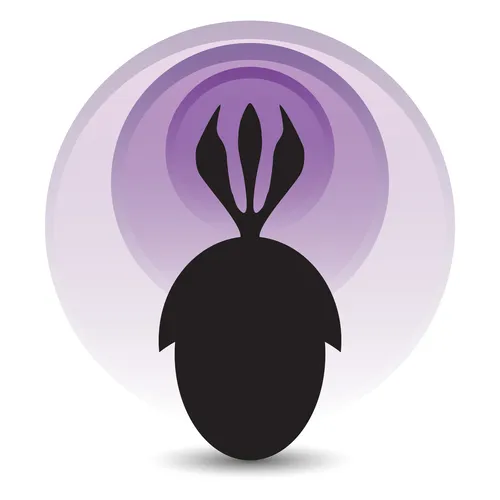
Palaeocast
A free webseries exploring the fossil record and the evolution of life on Earth.
- Update frequency
- every 16 days
- Average duration
- 44 minutes
- Episodes
- 235
- Years Active
- 2012 - 2025

Episode 83: Gogo Fishes
Professor John Long is an early vertebrate researcher at Flinders University, Australia. He is most famous for his work on the three-dimentionally-preserved fish from the Gogo Formation, North West A…

Episode 81: Coccolithophores
Coccolithophores are tiny unicellular eukaryotic phytoplankton (algae). Each is covered with even smaller calcium carbonate plates called coccoliths and it is these that are commonly preserved in the…

Episode 80: Paleocreations
We've covered how palaeoart is made on Palaeocast before, but never what daily life is like for a professional palaeoartist. What does it take to get started, when can you say no to a commission and …

Episode 79: Late Devonian Vertebrates
The transition of fins to limbs is one of the most significant in the history of vertebrate evolution. These were the first steps that would eventually allow tetrapods to go on to dominate so many te…

Episode 78: Japanese Palaeontology
When thinking of palaeontology in Asia, most people think of Mongolia and China, but there is actually a significant palaeontology community in Japan. Japan has many fossils, starting in the Ordovici…

Episode 77: South American Gomphotheres
The proboscideans are a group of animals that contains the elephant and mastodont families. Many of us will be well-aware of these groups, but what of some of the lesser-known proboscideans? One such…

Episode 76: Hydrodynamics
The shape of an animal is a reflection of the way it interacts with the physical world around it. By studying the mechanical laws which influence the evolution of modern animals, we can better unders…

Episode 75: Laser-Stimulated Fluorescence
Palaeontology is a constantly evolving field; when new methods and techniques are invented, they allow us to revisit old fossils and test our previous observations and hypotheses. Recently, an exciti…

Episode 74: Early Archosaurs and Teleocrater
We have a pretty good idea about how different dinosaur groups evolved, and how they are related (although anyone who has been following the recent dinosaur relationship shake-up knows this is not qu…

Episode 73: Sensory Structures
Ask anyone to list all the senses and they'll probably stop at five. Touch, taste, sight, smell and hearing are all important to humans, but in the animal kingdom, there exist others. In this intervi…

Episode 72b: Las Hoyas
Las Hoyas is a Early Cretaceous lagerstätte (site of special preservation) located close to the city of Cuenca, Spain. In this episode, we welcome Ángela Delgado Buscalioni and Francisco José Poyato-…

Episode 72a: Las Hoyas
Las Hoyas is a Early Cretaceous lagerstätte (site of special preservation) located close to the city of Cuenca, Spain. In this episode, we welcome Ángela Delgado Buscalioni and Francisco José Poyato-…

SVP2016 B
This year, the 76th Annual Meeting of the Society of Vertebrate Paleontology was held in Salt Lake City, Utah, USA. We sent Liz and Caitlin there to report on events at the conference.

SVP2016 A
This year, the 76th Annual Meeting of the Society of Vertebrate Paleontology was held in Salt Lake City, Utah, USA. We sent Liz and Caitlin there to report on events at the conference.

Episode 71: Graptolites
Graptolites are small colonial organisms, each made up of many tiny, genetically identical zooids joined together by tubes. They've been around since the Cambrian and at times in Earth's history have…

Episode 70: The Golden Age of Dinosaur Discovery
The last 10 years has shown a large increase in the number of new species and new discoveries of dinosaurs, as well as the number of papers written. It seems that almost every week there is a new spe…

Episode 69: Fungal Symbioses
Plants, Animals and fungi; these are all three of the Kingdoms of life we’re all most familiar with, but what you might not know is that fungi are more closely related to animals than they are to pla…

Episode 68: Fossil plants and the Paleocene Eocene thermal maximum
The Bighorn Basin in Wyoming has been an important area for research into terrestrial ecosystems for decades. The basin formed as part of the uprising of the Rocky Mountains in the west of North Amer…

Episode 67: Blue Beach Tetrapods
Blue Beach is a locality in Nova Scotia, Canada that is well known for it's fossils from the Lower Carboniferous. In particular, it is significant for being one of few sites in the world that has fos…
